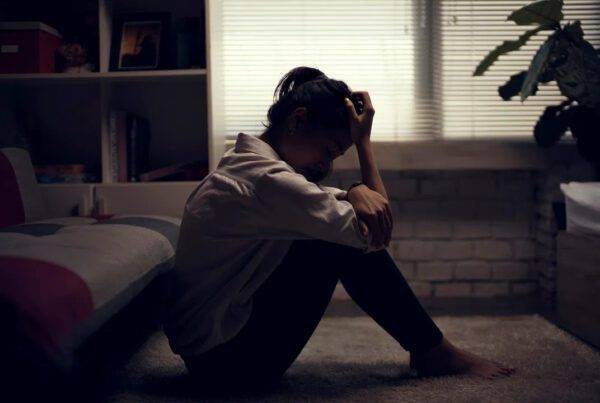
My Fear of Flying
In The Aftermath of Flight MH370
By Richard J. Loebl, LCSW, BCD
As a young child my first and only flight was with my parents. It was a quick trip from Washington, D.C. to New York City. I was excited and fascinated by the experience. My mother was very anxious and she thought I needed a Valium. I was fine – flying was a wonderful, thrilling adventure. My next flight was by myself as a teenager in 1969. I was anxious and afraid that the plane could crash – by then I needed that Valium. My fear continued and became more paralyzing over the next 15 years. By the time I was in my mid-30’s, I had a full-blown phobia. I thought terrorism or hijacking had nothing to do with my fears.
Psychotherapy didn’t help – the Xanax my doctor prescribed helped a little. I decided to study this problem on my own. I read everything I could find about anxiety, panic, and the fear of flying. I practiced the techniques I read about, and I succeeded in reducing my fear to a manageable level of anxiety. I still had no awareness of the relationship between terrorism and my fear of flying.
In the 1980’s I used what I learned so far, and developed a program for fearful flyers. I worked closely with a senior pilot and lead flight attendant from Eastern Airlines. The program included 8 weekly Saturday sessions at National Airport in Washington. The last session was taught by our pilot, who earned the trust of our group. He then flew our group on a scheduled shuttle flight to Newark as a graduation exercise. We successfully graduated more than 75 “fearless flyers” in a two year period. Ironically, I was still anxious about flying at times – the turbulence bothered me, weather conditions could be a little scary, and sometimes I seemed to feel anxious for no reason at all.
After that, I didn’t think too much about my fear of flying – until 9/11. We were doing an anger release exercise in one of my workshops, and all of us expressed our rage against the terrorists who struck our country. As I joined the group in expressing my own anger I realized the real terror in my own life was my childhood. The early death of my father, my mother’s illness and divorce from my second father were frequent topics in my personal therapy. I was sad, and cried during many sessions, as I experienced the grief of losing two parents. And I always associated the anxiety and low self-confidence I felt with abandonment fears from childhood. There was some anger, but it tended to be misdirected, and I wasn’t aware that I was angry about these childhood injuries. It all came together for me during that workshop the week following 9/11. The true source of my deepest anger, fear and grief was the terror of my childhood.
The recent tragedy of Malaysian flight MH370 reminded me about my fears – and the reason why an estimated 27% of those who board an airplane are filled with dread. Most of us know that flying today is very safe. In fact, even with tragedies like 9/11 and other hijacking incidents, flying in a commercial airliner is one of the safest places on (or above) the earth. Most fearful flyers aren’t even afraid of crashing – they’re afraid of heights, being locked into a confined area (claustrophobia) – and, in general, they’re afraid of the loss of control.
Tragedies like this Malaysian flight are certainly scary in their own right. The loss of control over our own fate in life tends to be the source of fears that reach terrifying heights. There is some good news in this scary story – we can learn to understand and cope effectively with our fears. We can even learn to accept the random tragedies in life by practicing mindful serenity and acceptance. It starts with recognizing and accepting our own emotional reactions. From that place we can comfort ourselves, and find comfort with other people who share our common sensitivities and vulnerability.
Postscript – Today when I fly, I plug into my itunes playlist, read a good book, and sometimes I even take a nap. And sometimes I’m a little anxious.






